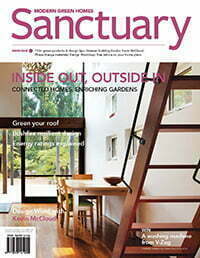Greener building blocks
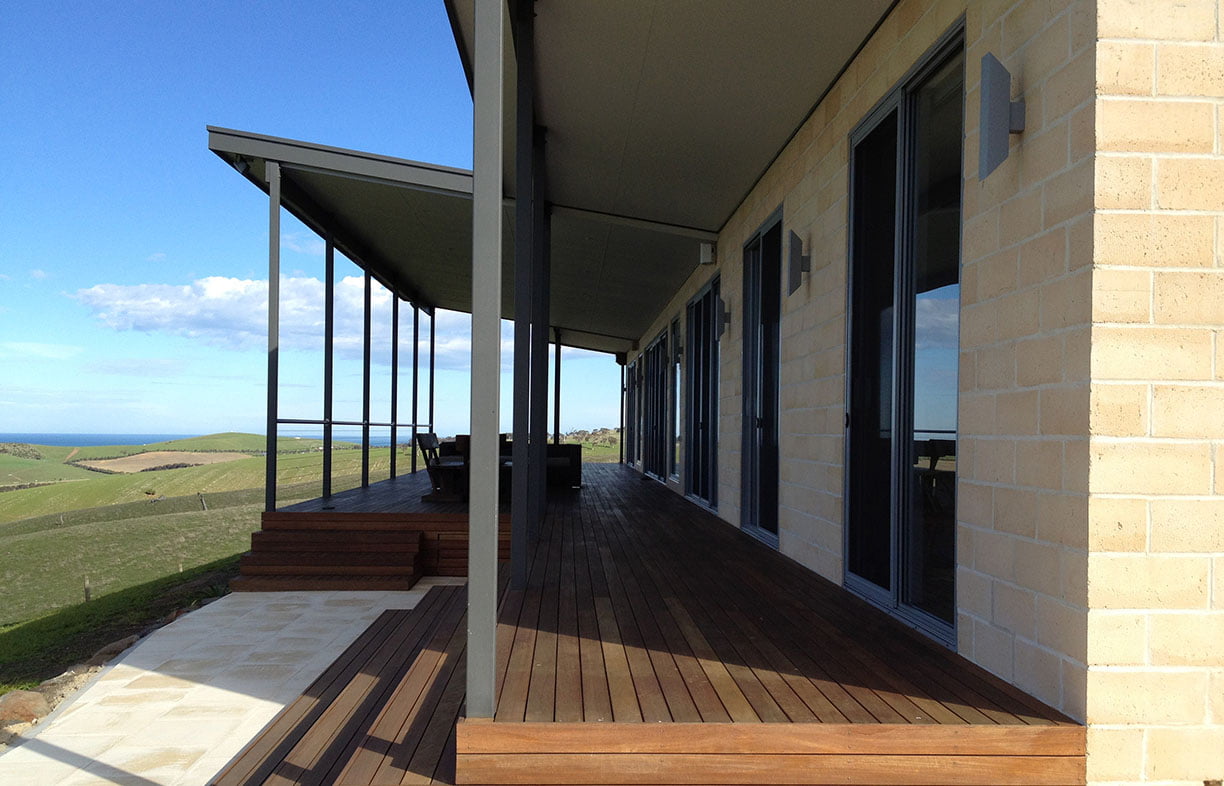
Jo Isaac looks at some of the materials, bricks and blocks available for your new build.
Choosing the basic materials for your home involves a host of considerations. With many green alternatives on the market, the choice can be overwhelming, but careful comparison of environmental impacts and lifetime performance can help you find the ideal building blocks for your project.
Concrete and concrete alternatives
Traditional concrete is environmentally costly, primarily due to its binding material, Portland Ordinary Cement (POC). Life cycle analyses (LCA) show that one tonne of cement produces one tonne of carbon dioxide (CO2). Producing concrete is also water-intensive, with water making up about 20 per cent of a concrete mix. On the flip side, concrete is a useful building material because of its capacity, when combined with good passive design, to store heat and its high fire-resistance level (FRL: a measure in minutes of the structural adequacy, integrity and insulation of a material as tested under Australian Standards. A FRL of 120/120/120 means a material has achieved 120 minutes structural fire adequacy, 120 minutes fire integrity, and 120 minutes fire insulation.).
Twenty to thirty per cent of recycled aggregate-based concretes can come from various recycled sources, such as demolished buildings or unused products from sites that have over-ordered. These modified concrete products reduce landfill and the environmental impacts associated with quarries, and match the thermal benefits and FRL of traditional concretes. From a life cycle point of view, however, Global Green Tag CEO David Baggs explains that their greenhouse gas emissions are often slightly higher than virgin quarried products due to the extra amount of energy used to transport and crush them.
Geopolymer concrete mixes replace some of traditional concrete’s POC with alternative binders, commonly the industrial by-products fly ash, slag and silica fume. Replacement rates of 30 per cent or more are standard. Geopolymer concretes have higher R-values and FRLs than traditional concrete. And while they do not require a specially trained contractor for installation, the finishing process can take longer than traditional concrete. A more recent innovation is the use of hemp which, when mixed with a lime-based binder, produces hempcrete. Hemp is a low-impact, fast growing crop and buildings made with hempcrete store carbon for life – one tonne of hempcrete traps 330 kilograms of CO2. No special skills are required to install hempcrete and it provides excellent insulation.
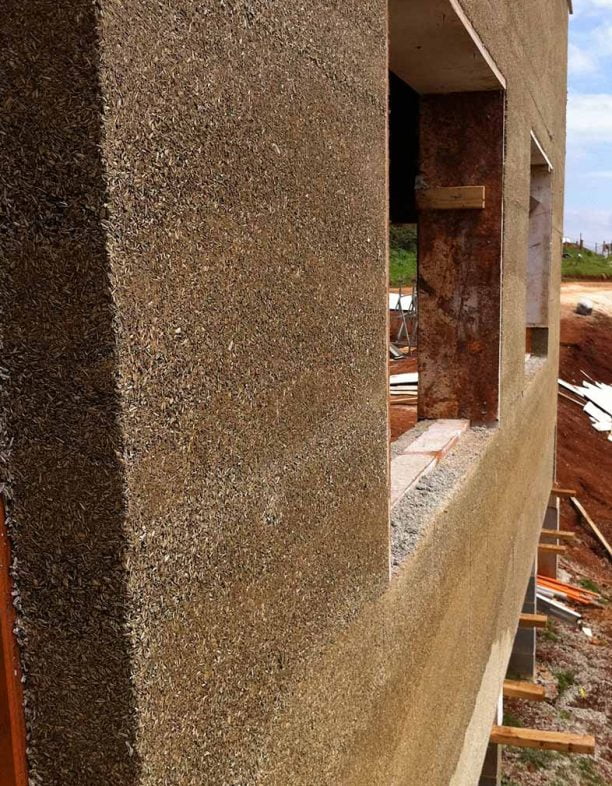

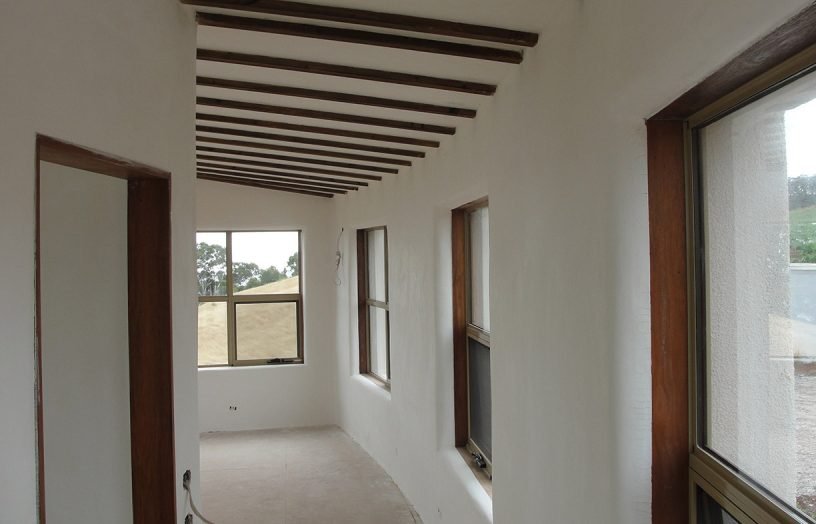
Bricks and blocks
Although clay extraction has a lower environmental footprint than cement – one tonne of clay produces 2.4 kilograms of CO2 – clay brick manufacture can be a significant source of emissions due to the energy intensive operation of the kiln to fire the bricks. However, extruded bricks fired in new high-performance kilns have lowered the CO2 generated. Baggs adds that in a properly designed passive home, the thermal mass effects of bricks offset the CO2 generated during their firing over the life of the home.
Recycled bricks salvaged from demolition sites cut costs, reduce carbon emissions by more than 40 per cent and save energy. Other brick and block products use alternative binders, while blocks and bricks containing sawdust – recycled from the timber industry and mixed with stabilised earth – have the added benefit of storing carbon. These products generally have R-values and FRL ratings equal to or greater than traditional clay-fired bricks.
Polyisocyanurate (PIR) based rigid polyurethane can be used to produce blocks which, when combined with a magnesium oxide skin, have high fire resistance and an R-value exceeding most other products, significantly reducing lifetime energy use, albeit with high embodied life cycle impacts from the raw materials.
Unstabilised rammed earth blocks can also reduce emissions by more than 90 per cent compared to traditional fired products. While rammed earth tends to have a low insulation capacity, it does have high thermal mass – slowing heat transfer between walls – and a high FRL. “Cement-stabilised rammed earth compares with double brick when it comes to embodied CO2,” says Baggs, “but will out-perform thermally prior to insulation being considered.”
Wall and floor panels
If high thermal performance is a priority, contemporary wall systems and floor panels are attractive environmentally because they reduce a building’s lifetime energy use.
Insulated concrete forms and structural insulated panels use insulating materials like polystyrene or polyurethane to increase thermal performance. Although more expensive than conventional masonry walls, they can often be precut, speeding up assembly and lowering labour costs. On-site waste is often reduced, and offcuts, such as polystyrene foam, are often recycled into new panels. Baggs says these products perform best in climates where thermal mass is not essential or can be adequately provided in the floor or other elements.
Choosing the right product
Ultimately, the building elements and materials you choose will depend on variables such as your budget, location and personal taste, as well as the environmental costs and benefits. It is likely your design may also call for a number of different materials.
To choose the most sustainable material for your project, seeking advice from those with expertise in sustainable design and building and referring to third party eco-label certifications, such as Ecospecifier, Global Green Tag or Good Environmental Choice Australia (GECA), can help you sift through which product to use where.
Baggs emphasises the importance of using products from companies working with life cycle assessments. “Manufacturers serious about green will use LCA because it demonstrates with scientific rigour how a product impacts the environment over its entire lifetime.” He adds that the point of Global Green Tag is to help homeowners and professionals sort all this out by comparing products that perform the same function and rating them on one scale as good, very good, excellent or world leading.
Andrew Carre, who researches sustainable design at RMIT University, reiterates the bigger picture point: “Maximum function from minimal environmental impact should be the focus.”
Click here for a table listing some of the greener building block products available in the Australian market.
Related articles
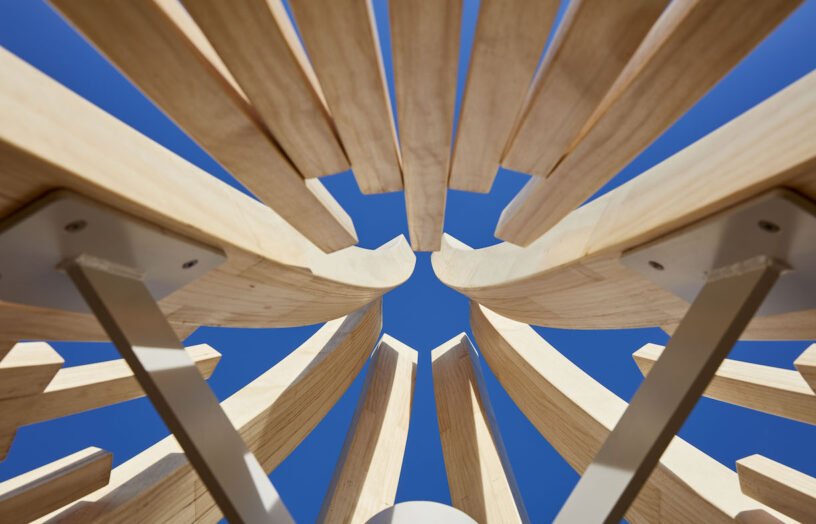 Ideas & Advice
Ideas & Advice
In praise of Accoya
Native hardwoods are beautiful, strong and durable, but we need to wean ourselves off destructive forestry practices. Building designer and recreational woodworker Dick Clarke takes one hardwood alternative for a test run.
Read more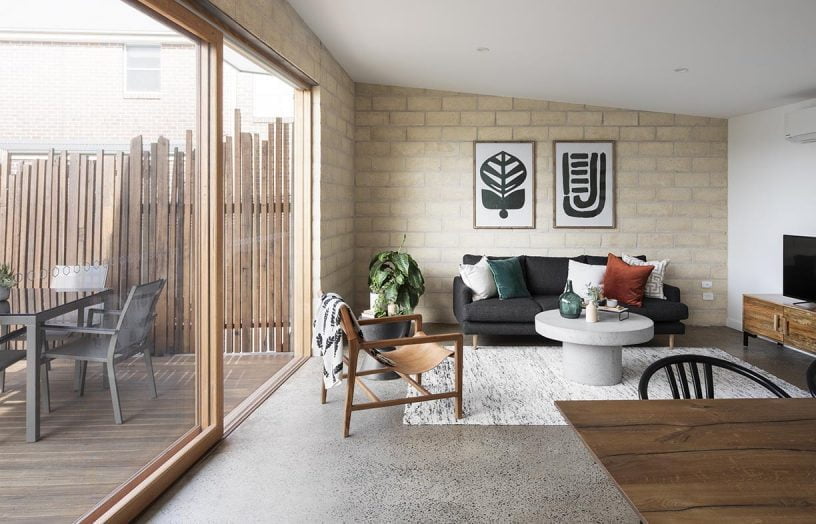 Ideas & Advice
Ideas & Advice
Eco-concrete case studies
Adored for its thermal mass benefits and durability, concrete remains one of the most popular building materials in the world, but its shockingly high embodied carbon footprint cannot be ignored. Luckily, there are now a number of greener alternatives available. Jacinta Cleary examines how they have performed in three different homes.
Read more


